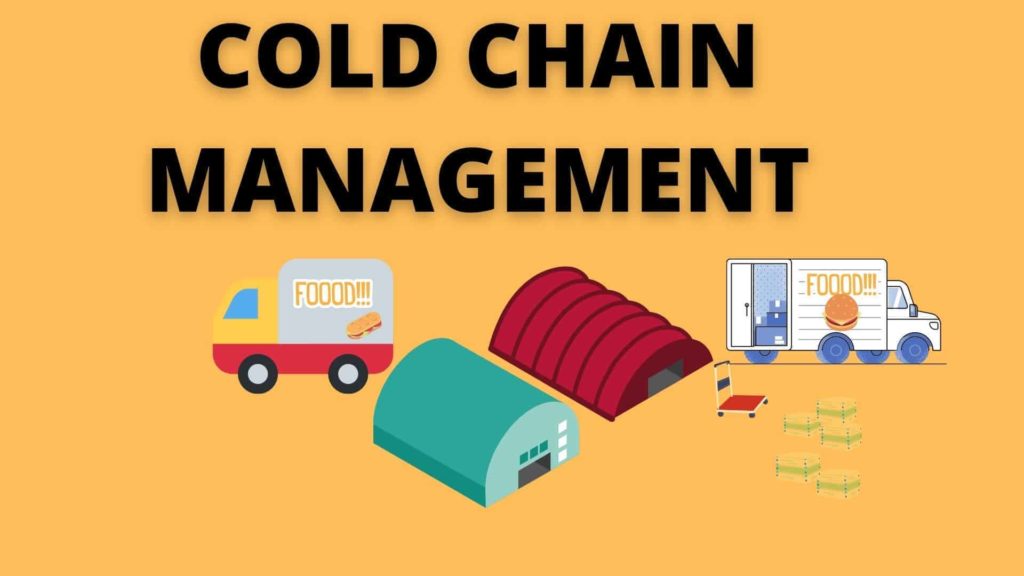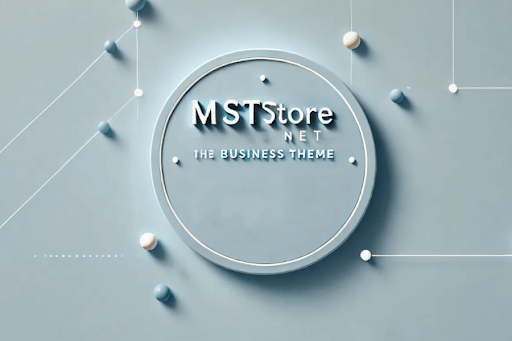
Cold chain management is the strategic planning and execution of all activities related to preserving temperature-sensitive products, from production through to distribution and sale.
Temperature-sensitive products require careful management of their storage temperature to maintain efficacy, safety and compliance with relevant regulations. Products that need cold chain solutions include pharmaceuticals, vaccines, biologics, lab samples, diagnostic materials, chemicals, food and beverages.
Maintaining optimal temperatures and product environment is crucial at every stage of the supply chain, from manufacturer to shipper to customer. If this process is disrupted or fails during transit, processing, storage, or display, it could lead to Spoilage loss and financial consequences.
The cold chain is maintained, monitored, adjusted, and tracked from production through delivery and display using the most up-to-date in thermal packaging technology and real-time temperature monitoring.
What is Cold Chain?
The cold chain is the transportation process of perishable goods that need to be stored and maintained at a certain temperature.
The cold chain is a supply chain that requires stable refrigeration throughout the process of manufacturing, production, packaging, transport, storage and distribution.
Staying within the cold chain requires understanding and control over different aspects, like the shipping surroundings, package design, how long it will take to ship (s), and crucial control points during transport.
What is the Cold Chain Management Procedure?
The storage, packaging, tracking, transportation, customs clearance, product management, and delivery of temperature-sensitive items and products remain safe and secure thanks to the cold chain management process. Technology is used to track and maintain the temperature of temperature-sensitive items and products as well as logistics, movement, delivery, and security.
- Storage: Some of the key products necessary for effective cold storage include insulated containers, vaccine and medical refrigerators and freezers, refrigerants, and cold rooms/chillers. Cold chain management begins with having the proper equipment and facilities in place for storing items at a consistent low temperature.
- Packaging: When products are stored in warehouses or other facilities, cold packaging is essential to preserving the quality of the product. This type of packaging helps maintain proper temperature and security, two key factors in storage. There are various types of cold packaging available, including refrigerant bricks, gel packs, gel bottles, and insulated containers.
- Tracking: Temperature and GPS monitoring and tracking are provided by temperature loggers, which allow organizations, shippers, and their customers to track the cold chain in real time. This data is essential for maintaining the cold chain, ensuring product quality and consistency.
- Transportation: The global supply chain makes use of a variety of transport methods to move temperature-sensitive goods and items across borders. Refrigerated trucks, reefer containers, and global/local roads and highways are used to keep the chilly supply chain moving through waterways, in the air, and on both local and worldwide roads.
- Customs clearance: Customs paperwork is an essential component of the cold supply chain, as it guarantees that products can be transported and delivered in a timely manner. If customs requirements are not met, there may be delays that result in product loss or damage, increased transportation costs, and other storage fees.
- Product management: In order to ensure that your products are securely shipped and handled, you need access to specialized shipping supplies like cold parcels, pallets, and containers. You should also take advantage of warehouse best practices involving autonomous mobile robots and forklifts.
- Delivery: In the end, ensuring that your temperature-sensitive products and goods are delivered to your B2B and B2C customers on time requires a well-oiled delivery process. This cold chain management process encompasses documenting reviews, practicing optimal internal handling methods, risk mitigation strategies, as well securing warehouses, storage containers, and display systems that conform to industry standards.
Maintaining the cold chain is essential for ensuring that temperature-sensitive products remain safe and in good condition. The cold chain management procedure involves a variety of steps, from storing items properly to using specialized packaging and tracking technology. By following these guidelines, you can help ensure that your products are delivered on time and in perfect condition.



